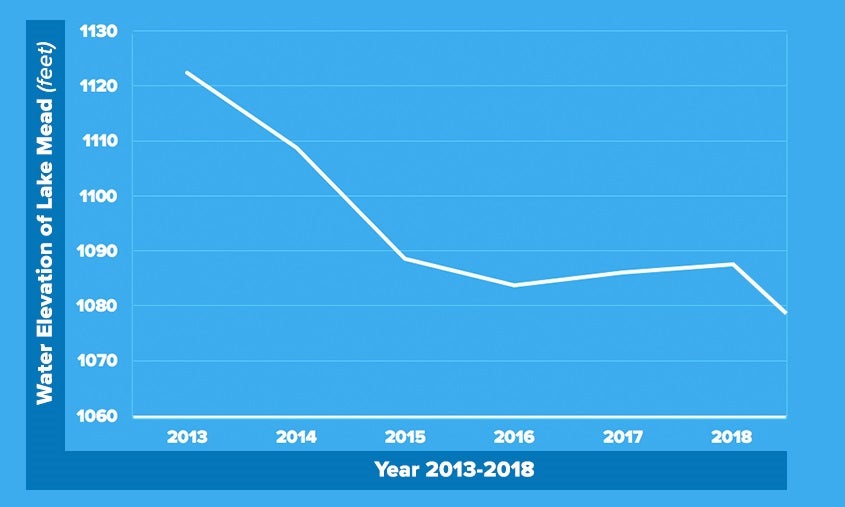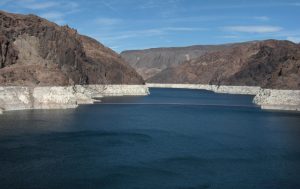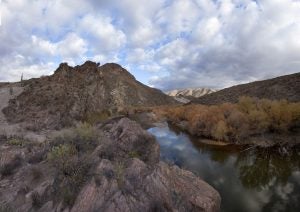This year, farmers in Pinal County, Arizona, will lose two-thirds of their irrigation water from the Colorado River because of a historic shortage declaration triggered by the driest period in more than 1,000 years. And within two years, they will be completely cut off from the Colorado River.
Some farmers are responding by fallowing fields. Others are selling their land to solar companies. And then there’s Will Thelander, a farmer who partnered with EDF, Bridgestone Americas and the University of Arizona to test a new crop that uses half as much water as the alfalfa he previously grew.
Crop-switching to a desert shrub called guayule used to produce rubber is one of just many strategies that will be needed in Arizona and other regions to adapt to water scarcity and maintain agricultural economies in a new era of aridification. However, it’s not nearly as simple as just planting different seeds in the ground.












 Last week, Arizona Governor Doug Ducey illustrated strong and consistent leadership in addressing Arizona’s pressing water supply needs with two significant announcements.
Last week, Arizona Governor Doug Ducey illustrated strong and consistent leadership in addressing Arizona’s pressing water supply needs with two significant announcements.